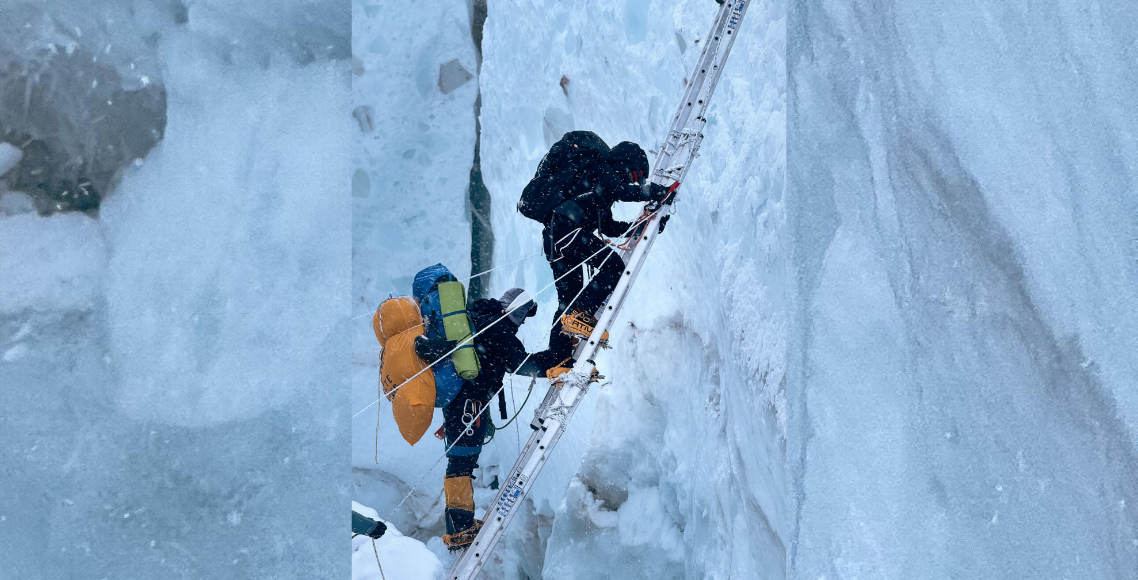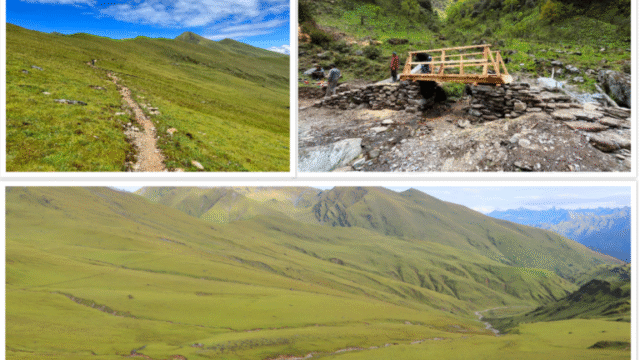As the spring mountaineering season continues in full swing, a total of 395 climbers have successfully reached the summit of Mt. Everest so far this year, according to the Department of Tourism (DoT), Nepal. This includes both foreign climbers and Sherpa guides who have played a vital role in the success of the expeditions.
The Department reports that out of the total climbers, 135 are expedition members while 235 are Sherpa support staff who have been instrumental in guiding and assisting climbers to the top of the world. Additionally, seven members belong to the rope-fixing team who were responsible for setting up the fixed lines all the way to the summit, enabling safe passage for the climbers.
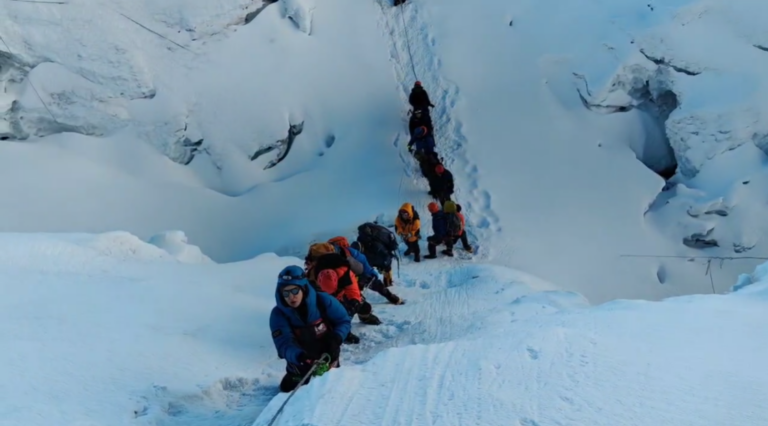
Mount Everest Continues to Draw Global Attention
This year, a total of 468 individuals from 57 countries have been granted permission to attempt Everest, including 86 women and 382 men across 47 expedition teams. These numbers highlight the continued global fascination with Mount Everest (8,848.86 meters), the highest mountain on Earth, which remains one of the most coveted summits in high-altitude mountaineering.
The climbing window opened with improved weather conditions in early May. On Sunday alone, a record 135 climbers successfully summited Everest, marking one of the busiest single days of the season. Favorable weather windows like this are critical, as high winds and snowstorms are common obstacles that can delay or even cancel summit attempts.
Spring Season Sees Over 1,100 Climbers Across 27 Peaks
The mountaineering enthusiasm is not limited to Everest. According to the Department of Tourism, this spring season has seen the government issue climbing permits for 27 different Himalayan peaks, not just Everest. In total, 127 expedition teams comprising 1,168 climbers have received permission for these mountain ascents.
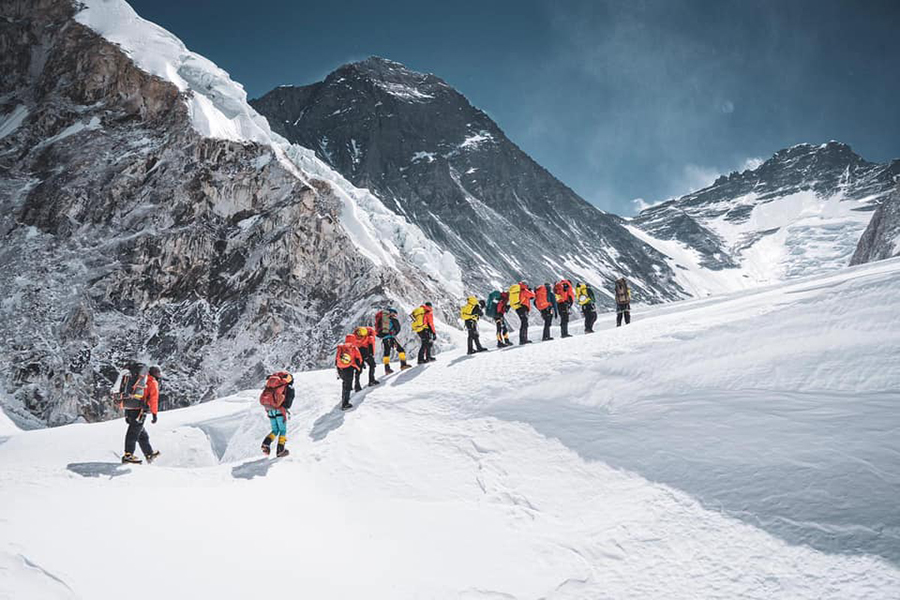
Nepal’s spring climbing season, primarily between April and May, is considered the most suitable time for expeditions due to more stable weather conditions in the Himalayas. Besides Everest, other popular peaks such as Lhotse, Dhaulagiri, Makalu, and Kanchenjunga have also attracted climbers from around the globe.
Sherpas: The Backbone of Himalayan Mountaineering
As always, Sherpa climbers have been at the forefront of these expeditions. The fact that 235 of the climbers who summited Everest are Sherpa support staff underscores their essential role. These skilled high-altitude workers are responsible not only for guiding climbers but also for transporting supplies, fixing ropes, and ensuring safety on the harsh terrain of the Himalayas. Their expertise and resilience continue to be admired worldwide, and their contributions are often the key to the success of many international expeditions.
Climbers from 57 Countries: Nepal as the Global Climbing Hub
With climbers from 57 countries arriving in Nepal this season, the country further strengthens its reputation as the global epicenter for high-altitude adventure tourism. Everest, in particular, serves as a dream destination for mountaineers and adventure seekers alike.
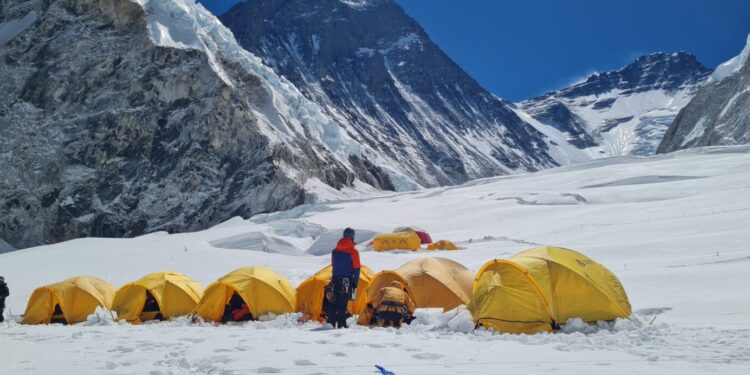
Despite the physical and financial challenges of such expeditions, the number of climbing permits issued this season reflects a strong recovery and growth in Nepal’s tourism sector, especially following the pandemic years.
Department of Tourism Monitoring Activities Closely
The Department of Tourism is closely monitoring all expeditions to ensure climber safety and environmental sustainability. With increasing footfall in the Himalayas, there is a growing emphasis on responsible climbing practices, proper waste management, and ensuring climbers are physically and mentally prepared for the extreme altitude and conditions. Officials say that while the season is progressing smoothly, all climbers are urged to follow safety protocols and coordinate with their expedition leaders to avoid any mishaps.
